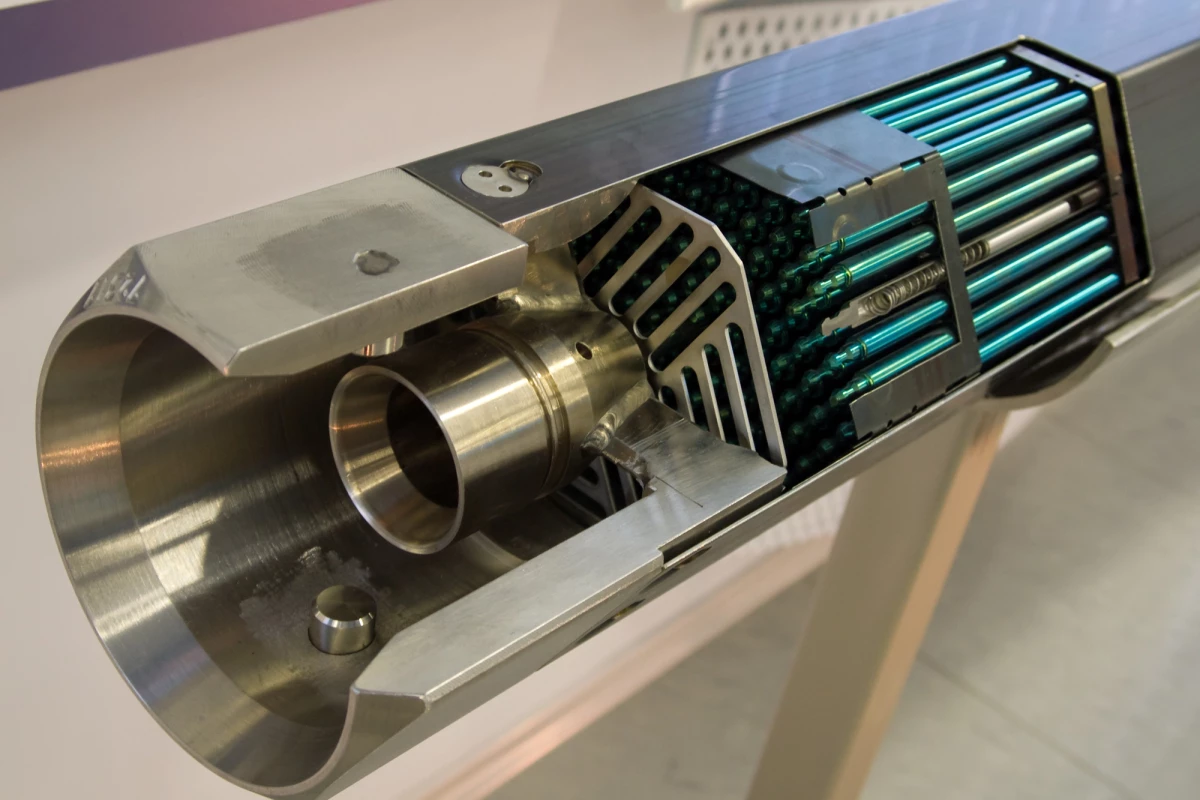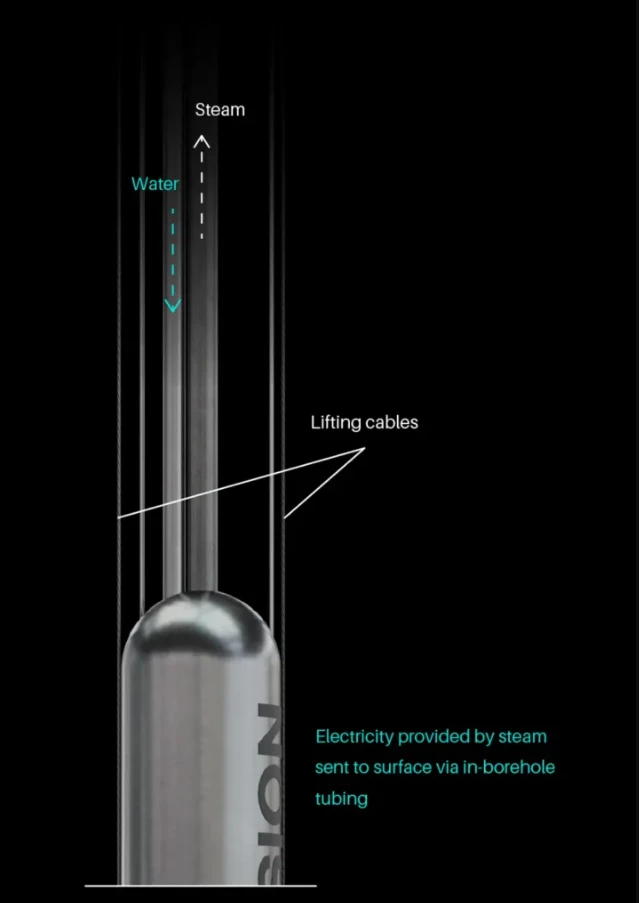Startup Deep Fission has come up with a new way to deal with the economic and safety problems of nuclear power that is, to say the least, novel. The idea is to build a reactor that's under 30 inches (76 cm) wide and stick it down a mile-deep (1.6-km) drill shaft.
With its promise of limitless energy by breaking down matter itself, nuclear power has long held a utopian promise for humanity. However, economic and safety considerations, along with political opposition, have hindered its development – especially in the very countries that developed the technology.
The safety and economic factors are related because the high cost of building nuclear power stations has very little to do with the nuclear technology itself. Nuclear fuel, even with all the processing costs included, only comes to about US$1,663 per kilogram (2.2 lb). Because nuclear fuel has such an incredible energy density, that's about 0.46 ¢/kWh – and the fuel costs keep dropping as the technology becomes more efficient.
Where the real expense comes from is the massive civil engineering required to contain the nuclear reactor and protect the outside world in the event of a catastrophic accident. The reactor pressure vessel can be as much as eight ft (2.4 m) of stainless steel and the containment structure of reinforced concrete can be up to 6 ft (2 m) thick. Add in the foundations, support equipment, pressurizers, cooling systems, and the costs begin to add up before all the license fees are tacked on top.

What Deep Fission wants to do may seem daft, but there is a certain elegance about the proposal. The idea is to build a small reactor based on a conventional pressurized water reactor (PWR) that can fit into the borehole of a drilling operation. Like a PWR, the Deep Fission reactor would run at the same 160 atmospheres of pressure and temperature of 315 °C (600 °F).
The clever bit is to vastly simplify the design and do without all that ultra-expensive civil engineering by lowering the reactor down a drill shaft a mile deep. A pair of pipes would be attached. One to send down water and another to bring back steam from the reactor's steam generator.
The upshot is a small reactor that uses the same type of fuel and many of the same components as a PWR reactor, but one that has almost no moving parts except for the control rods that are operated remotely. Since the water column is a mile high, it would pressurize the reactor by its sheer weight, much like sticking it a mile under the sea, so no need for a pressurizer and the cooling system would be entirely passive.
In addition, being encased in solid rock far below any water table removes any need for a containment system. If things get really bad, fill in the shaft and cap it.
According to the company, if the reactor needs inspection or servicing, it can be hauled to the surface by cables in about an hour or two. The reactor's design is also self-limiting, so if it does manage to overheat, the nuclear reaction will automatically dampen itself down.
The concept still has a long way to go, but Deep Fission has already begun the pre-application and application review process with the Department of Energy of its plan for developing the system and finding the best geological location for a pilot plant.
If successful, it could give a whole new meaning to 'geothermal power.'
Source: Deep Fission





